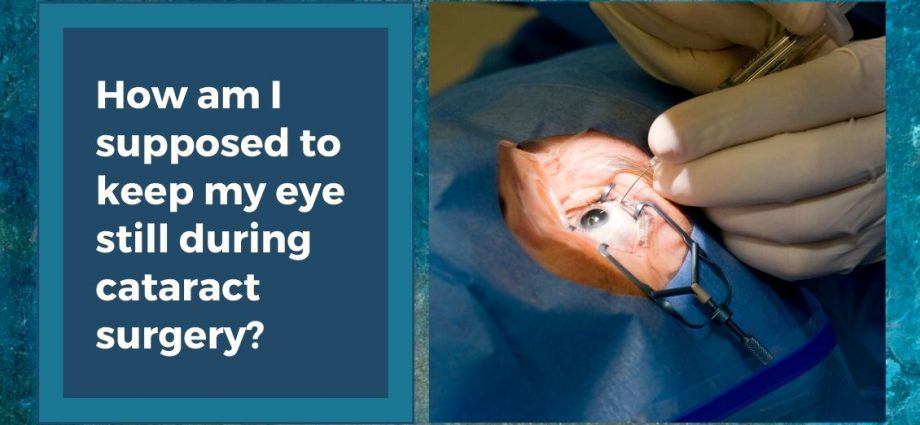Садржај
У складу са својом мисијом, Уредништво МедТвоиЛокони улаже све напоре да обезбеди поуздане медицинске садржаје подржане најновијим научним сазнањима. Додатна ознака „Проверен садржај“ означава да је чланак прегледао или директно написао лекар. Ова верификација у два корака: медицински новинар и лекар нам омогућава да пружимо најквалитетнији садржај у складу са тренутним медицинским сазнањима.
Наше залагање у овој области оценило је, између осталих, и Удружење новинара за здравље, које је Редакцији МедТвоиЛоконија доделило почасну титулу Велики просветитељ.
Laser vision correction surgery is a quick procedure that is performed under local anesthesia. There is no need for anesthesia, which would be a greater burden on the body than the operation itself. Anesthetic drops administered into the eye relieve the pain sensation during laser treatment and are used regardless of the chosen method of vision correction.
Why is anesthesia not used during laser vision correction?
Narcosis, i.e. general anesthesia, puts the patient to sleep and removes the pain associated with the operations. While effective, it does come with a risk of side effects. Headaches, nausea, vomiting, drowsiness and general discomfort may occur after the procedure performed under anesthesia.
In rare cases, there are also complications after anesthesia. This means that in addition to general contraindications to laser health correction, additional restrictions should be taken into account when administering anesthesia. Complications after general anesthesia they are common among people with epilepsy, sleep apnea, hypertension, obesity, diabetes and among cigarette smokers. Additionally, additional time should be allocated for induction of anesthesia and recovery after the procedure, which would extend the laser vision correction procedure.
Laser vision correction involves interfering with the structure of the cornea – the epithelium is tilted (in the case of the ReLEx Smile method it is only incised) and then the cornea is modeled. The very shaping of this part of the organ of vision takes no more than several dozen seconds, and the entire procedure usually takes from half an hour to an hour. Due to all these factors, anesthesia is inadvisable, and local anesthesia with drops is sufficient.
Also read: Laser vision correction – frequently asked questions
Контраиндикације за локалну анестезију
Keep in mind that although local anesthesia is safer than anesthesia, it may not always be administered. This applies to people with allergies to any of the ingredients contained in анестетичке капи. The doctor should be informed about possible allergies so as not to be exposed to anaphylactic shock.
How is local anesthesia administered?
Local anesthesia used before laser vision correction consists in instilling anesthetic drops into the conjunctival sac. They are given to the patient when they lie down in a designated place in the operating room. Then wait for the anesthetic to take effect. Then the doctor immobilizes the eyes with a stay and proceeds to the proper treatment.
W the course of laser surgery there is no pain. Only touch is perceptible, and the main source of discomfort may be the mere fact of the interference within the eye. Blinking is prevented by an ophthalmic stay that holds the eyelids in place and allows the surgeon to work.
The surgeon gains access to the cornea by separating the epithelial flap or cutting it. In the second phase of the operation, the pre-programmed laser shapes the cornea and the patient stares at the indicated point. Due to the fact that she is not under anesthesia, she can follow the doctor’s instructions. After the correction of the defect, the effect of the anesthetic will gradually wear off.
Check how long the effects of laser vision correction last.
Laser vision correction – what happens after the procedure?
For 2-3 days after the laser vision correction surgery, there may be pain, which is relieved with standard pharmaceutical drugs. In the case of anesthesia, apart from typical postoperative ailments (photophobia, the feeling of sand under the eyelids, quick eye fatigue, fluctuations in sharpness), the possibility of additional side effects should also be taken into account.
Find out what the complications of laser vision correction can be.










